The shark nosed GT40 you’re ogling is chassis GT/105. The last of the five factory prototypes built in Coventry in 1964, it played an instrumental role in Ford’s long and unrelenting research and development programme bidding to turn the car into a Ferrari-thrashing Le Mans winner.
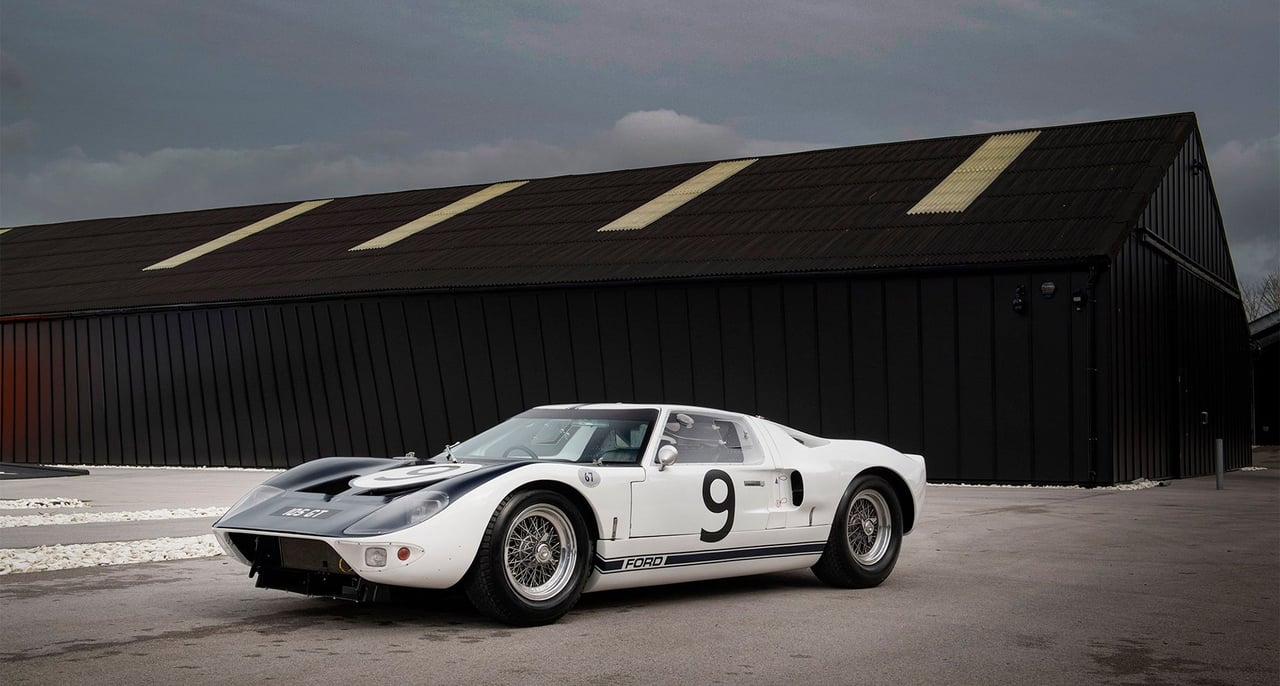


Not only does GT/105 have the distinction of being the first GT40 to be fitted with a 289-cubic-inch V8 and a ZF transmission, but it was also the first chassis to be clothed in what we now recognise as the production-spec closed-coupé bodywork.
Although this car served during the Le Mans test weekend in 1965, it never took to the start of the French endurance classic. The photos from said weekend, though, are an extraordinary snapshot into an era when research and development was carried out with imagination and brute force at the circuit and not with digital software back at the factory.
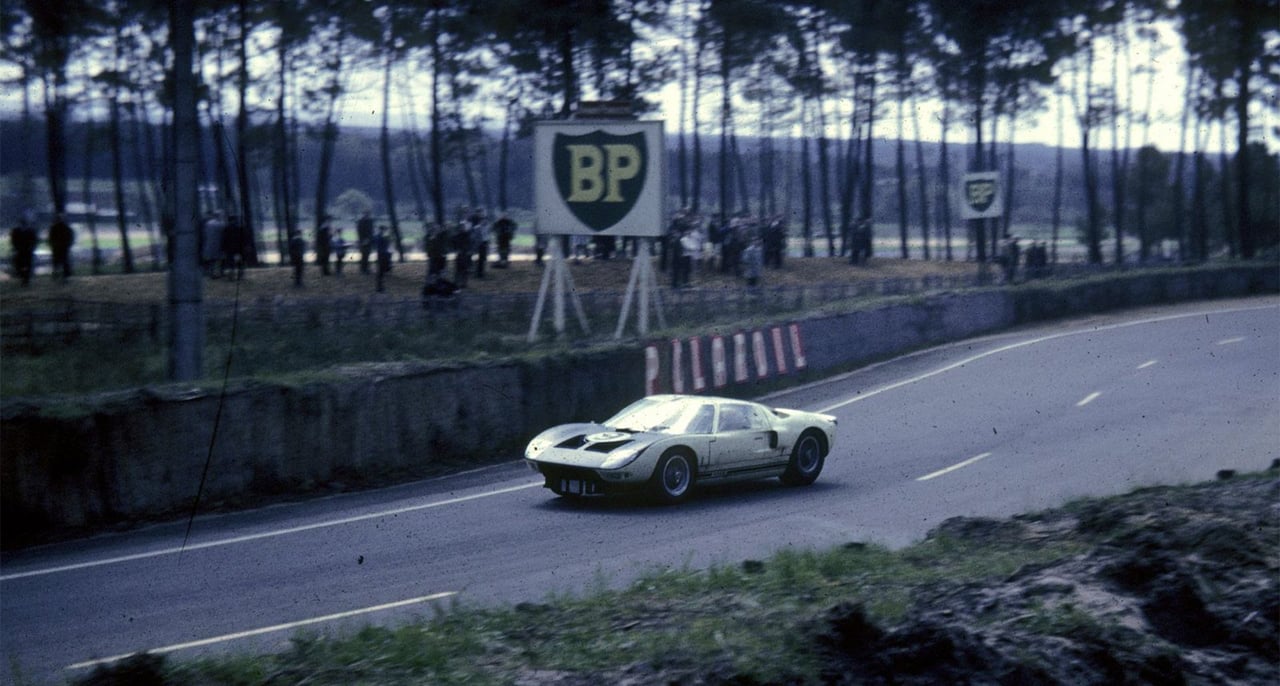
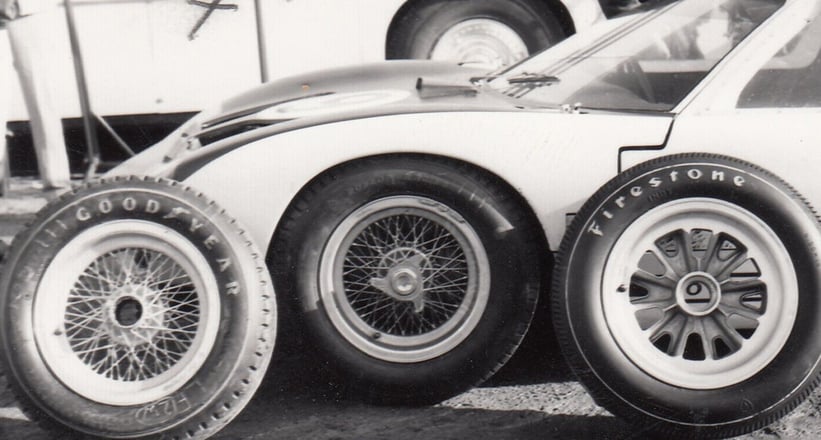
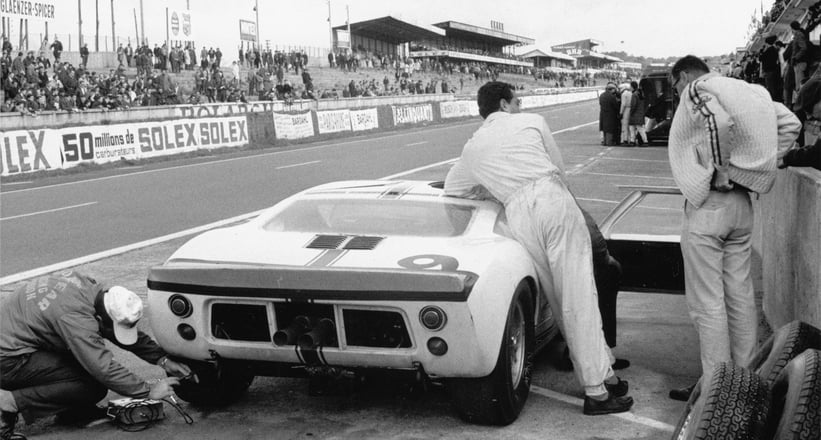
Under the stern and watchful eye of team boss and engineer John Wyer, the ‘Mk1’ GT40s at La Sarthe were fitted with a plethora of different experimental features, ranging from rear spoilers actually taped to the rear deck and aerodynamic wheel deflectors to cast-alloy wheels. The relentless work paid off – GT/105 finished third on the scoreboard, behind the two factory-entered Ferrari 330 P2s.
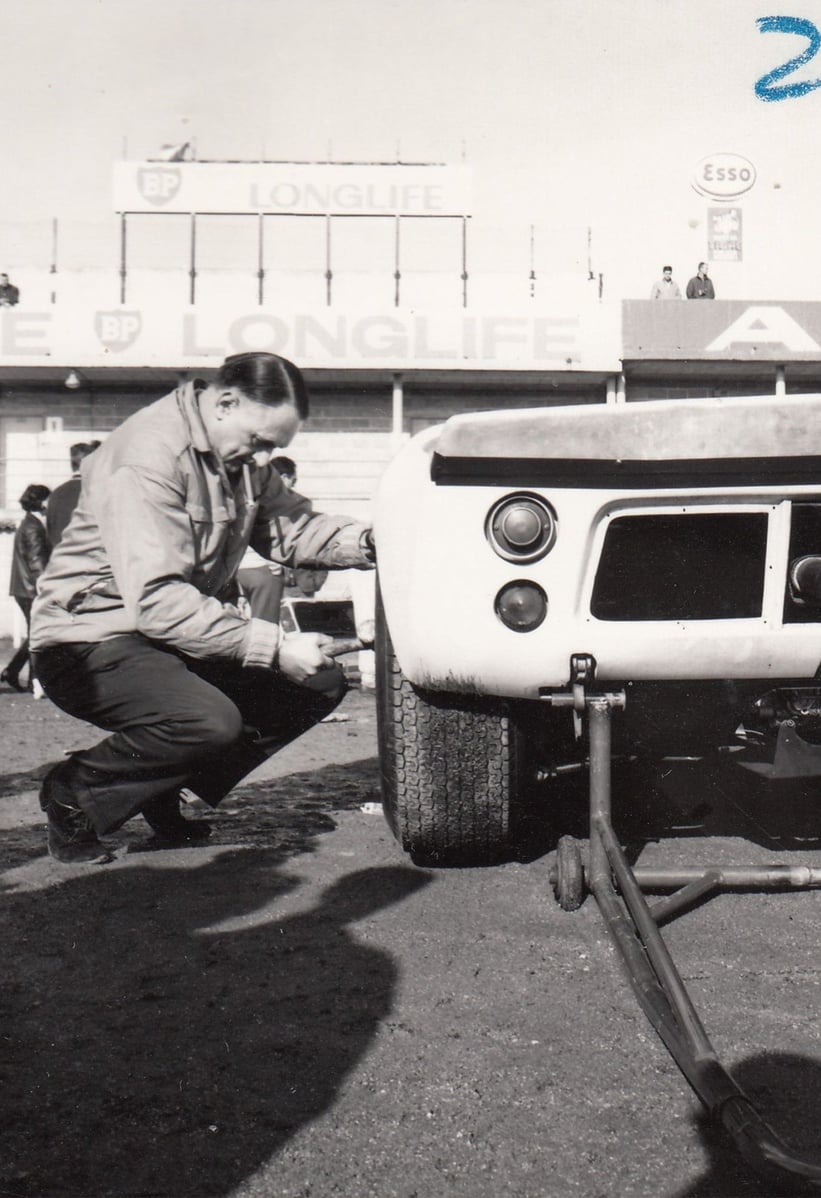
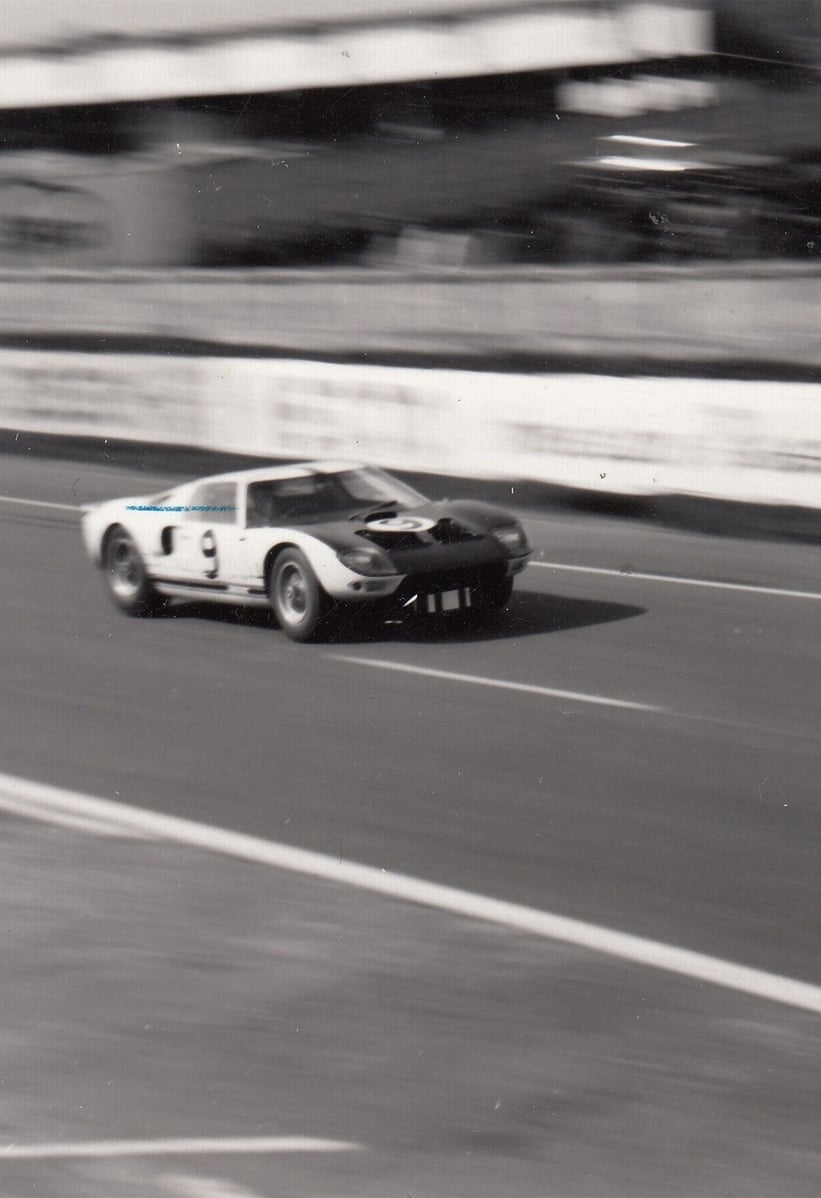
GT/105 did see active combat at Reims, Sebring and Daytona, where it was prepared and run by the Works. Besides their eye-catching shapes and the way they sound, there’s always something else that fascinates us when we see old racing cars at events such as the Goodwood Revival or the Monterey Motorsports Reunion, and that’s the looming spiritual presence of the legends who raced them back in the day. Fearless and charismatic men who wrote motorsport history.
The roll call of such drivers who gripped GT/105’s thin-rimmed steering wheel, jabbed its throttle pedal and shed sweat and tears in order to feedback to Ford’s engineers just what needed to be done to turn the GT40 into a world-beater is extraordinary. Richard Attwood, Bruce McLaren, Phil Hill, Roy Salvadori, Bob Bondurant, Umberto Maglioli and Innes Ireland – they all turned a wheel in this car.
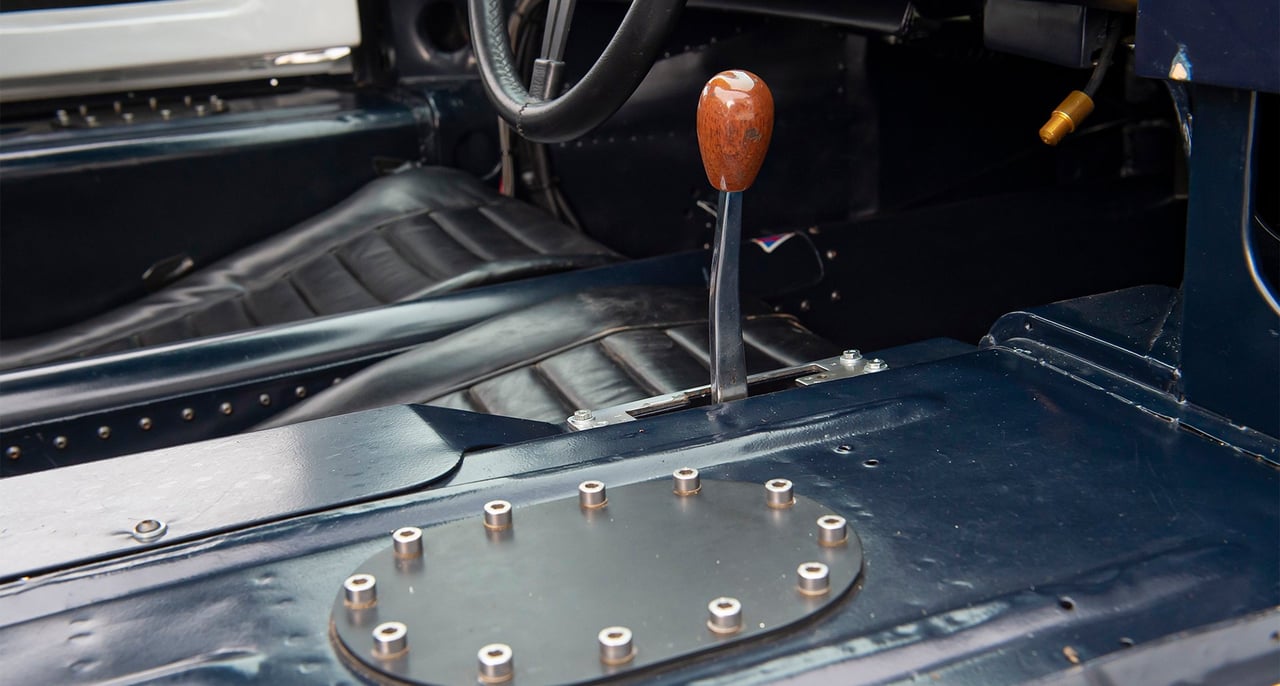
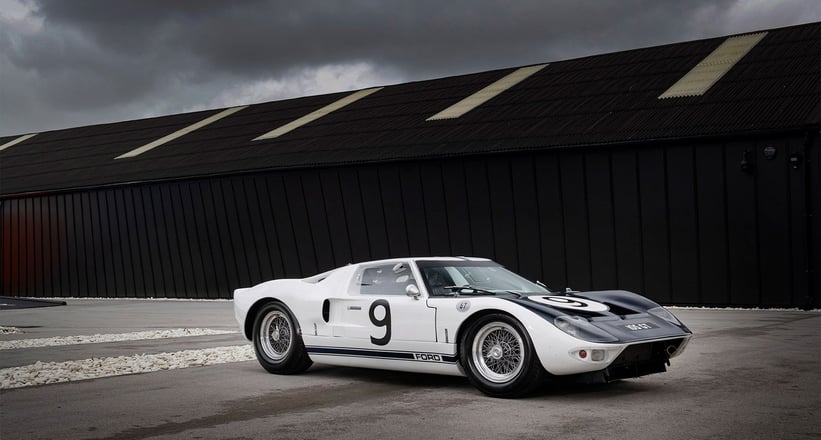
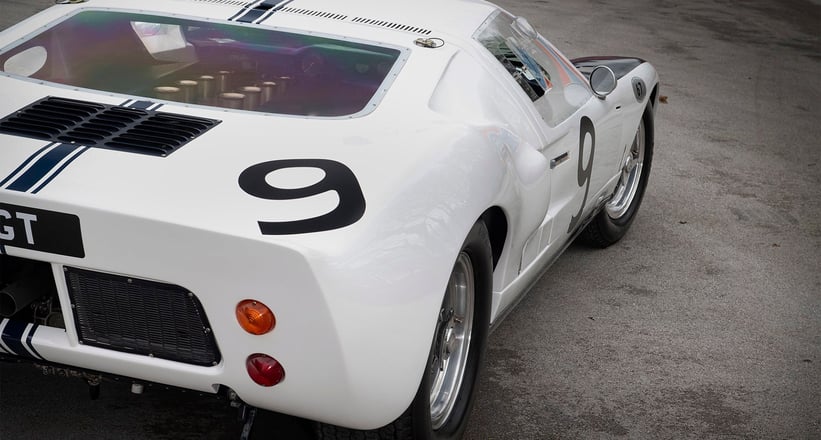
Despite covering more miles than any of the other prototype GT40s, this car miraculously escaped any major damage and, as a result, stands today as a rolling laboratory record, evidencing the countless incremental improvements the engineers made over the course of three years in order to turn what started out as a notoriously unstable sports-racing car into a machine capable of beating Ferrari in its own back garden.
The feat was finally achieved in 1966, when the 427-cubic-inch V8-powered ‘Mk2’ GT40s swept to a historic one-two-three victory at Le Mans in 1966.
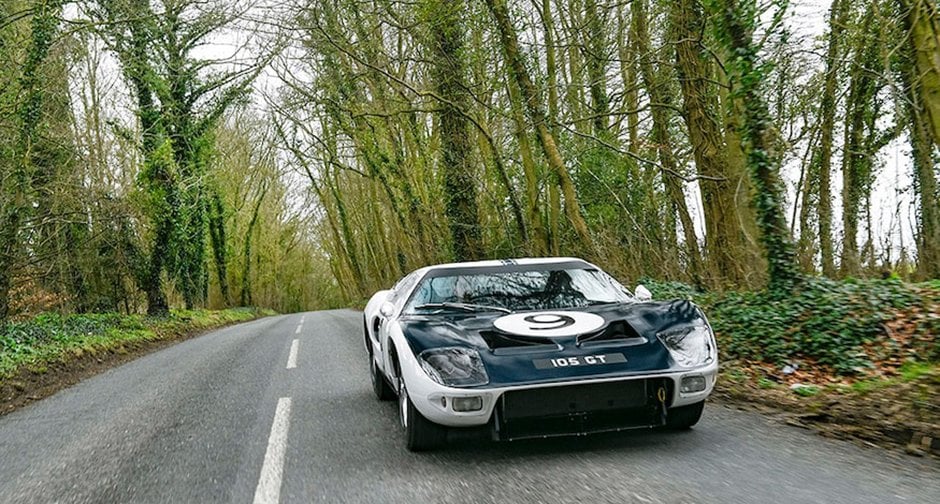
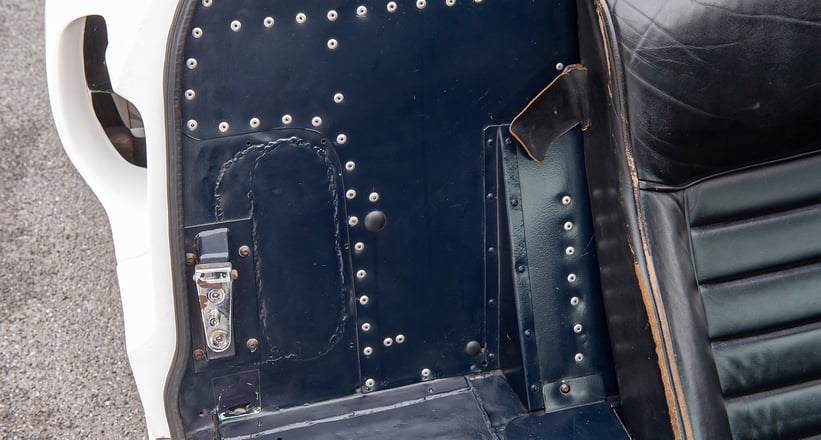
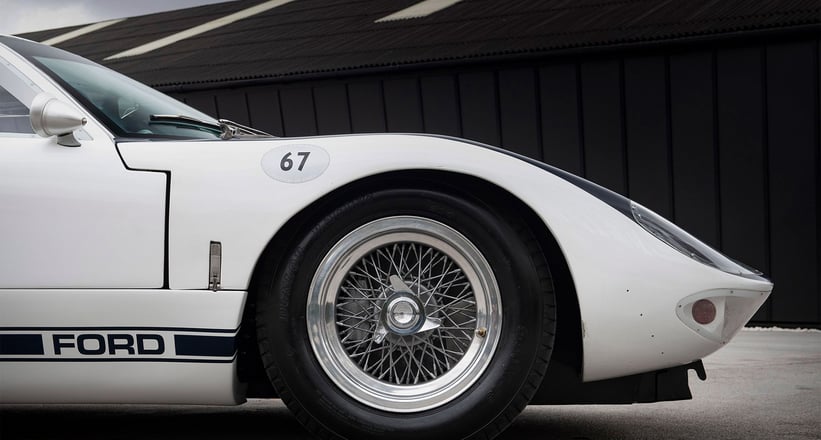
Of the factory prototypes, just three examples remain today. Two of them, GT/103 and GT/104, are permanently housed in the Shelby Museum in Las Vegas. The other, GT/105, is currently for sale with the Classic Driver dealer Duncan Hamilton ROFGO in Hampshire, UK.
As an historical object, this car’s significance is difficult to downplay – it helped to kindle one of the most famous stories in motorsport lore, writing the vital early chapters in the GT40 saga. We don’t think it’s unreasonable at all to suggest that without GT/105, Ford would not have conquered Le Mans in such dominant fashion. As you can imagine, this bluest of blue-chip classics is a skeleton key to the world’s most prestigious historic events as a result.
Photos courtesy of Duncan Hamilton ROFGO © 2020





































